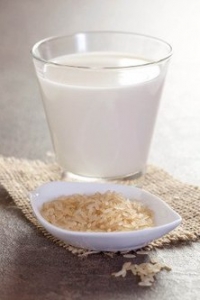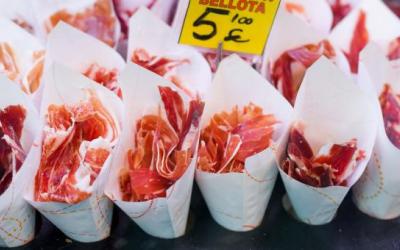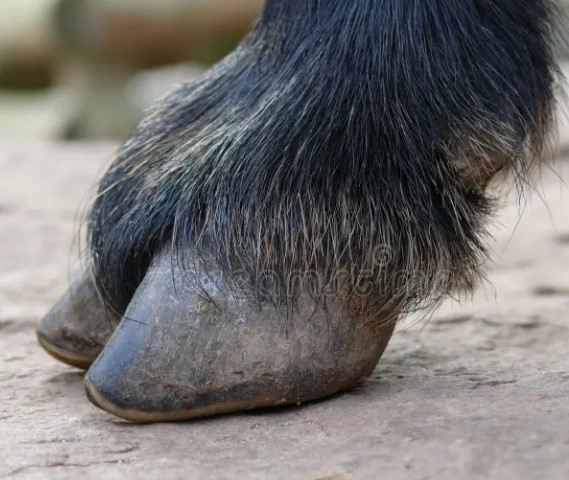New video on our channel: Camels over a ton! Not even Wikipedia has this! Bonitization of male camels. Kazakh Bactrian

PIONERPRODUKT.by continues to study camel breeding in Kazakhstan. This time we are again at the farm of TOO Alakol-Agro, Alakol district, Zhetysu region.
This is the first episode of a large series from camel grading to tasting camel MEAT and cheese made from camel MILK.
And although camels have lost their significance as horse-drawn transport, camel breeding remains a traditional branch of animal husbandry in Kazakhstan, which is in demand and is developing quite dynamically.
Camels (with up to 15 hectares per individual) are one of the most profitable animal species. Camels are in the steppe 365 days a year, independently obtaining food and water. Camels do not need any shelter from snow, frost or, conversely, heat. Camels give excellent wool, milk and meat .
In the first episode we will look at the grading of male camels, both Bactrians and dromedaries. We will measure the height between the humps of Bactrians, measure the oblique length of the camel's body, and naturally weigh the camels. I will tell you a secret that the heaviest camels weighed more than one ton! Even Wikipedia writes that male Bactrians weigh up to 800 kilograms!
Outstanding Kazakhstani scientist, professor, academician, DOCTOR of agricultural sciences Baimukanov Dastanbek Asylbekovich will express his opinion about camels in this farm. And in one of the following videos, academician Baimukanov will talk about the state of camel breeding in Kazakhstan, answer our questions.
In the second series, we will watch the grading of female camels.
Read together with it:
- He crawled to the icon with prayer. The true story of a man who overcame drug addiction.Alexander Ovchinnikov. Topic News. Our project's hero was a drug addict for many years. The thought that this was a dead end never left him, but his addiction proved stronger. One day, when he could no longer walk, he crawled to an icon in prayer. This became his first step toward a new life. Today, he heads a charity center that helps those who have given up hope and are unable to quit ALCOHOL an...
- Низкое предложение и устойчивый спрос: в Аргентине растут цены на мясоЦены на говядину снова выросли, что отразилось на полках супермаркетов и в мясных магазинах. За последние две недели розничные цены выросли на 8–12%, а на некоторые популярные отрубы рост превысил 15% по сравнению с октябрем. Тем не менее, продажи остаются высокими: потребители продолжают покупать, принимая новые цены и закрепляя тенденцию, которая повторяется каждый год в конце года, когда спрос ...
- Смоленская область — лидер России по производству крольчатиныВ интервью «Агроэксперту» заместитель председателя регионального правительства Алексей Кучумов отметил, что регион достиг самодостаточности по таким продуктам, как яйца, мясо и картофель, превышая уровень 100%. Кроме того, Смоленская область занимает первое место по посевным площадям льна, а также активно развивает молочное животноводство, с общим поголовьем более 1......
- Wild boar meat: a sustainable solution for pest controlThis problem isn't unique to our region or country. As veterinarian and specialist Ignacio Zeledon explained, "Where there's water, there are pigs." And the truth is, its spread is noticeable worldwide and represents one of the world's most complex environmental and economic challenges. The wild boar (Sus scrofa) is an invasive alien species, listed among the 1......



























































